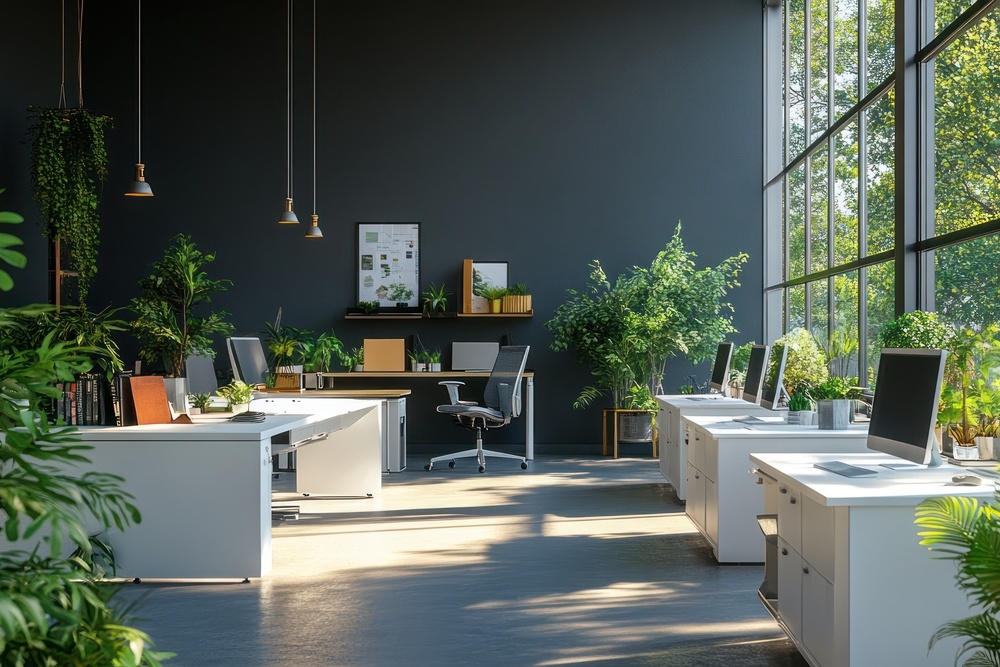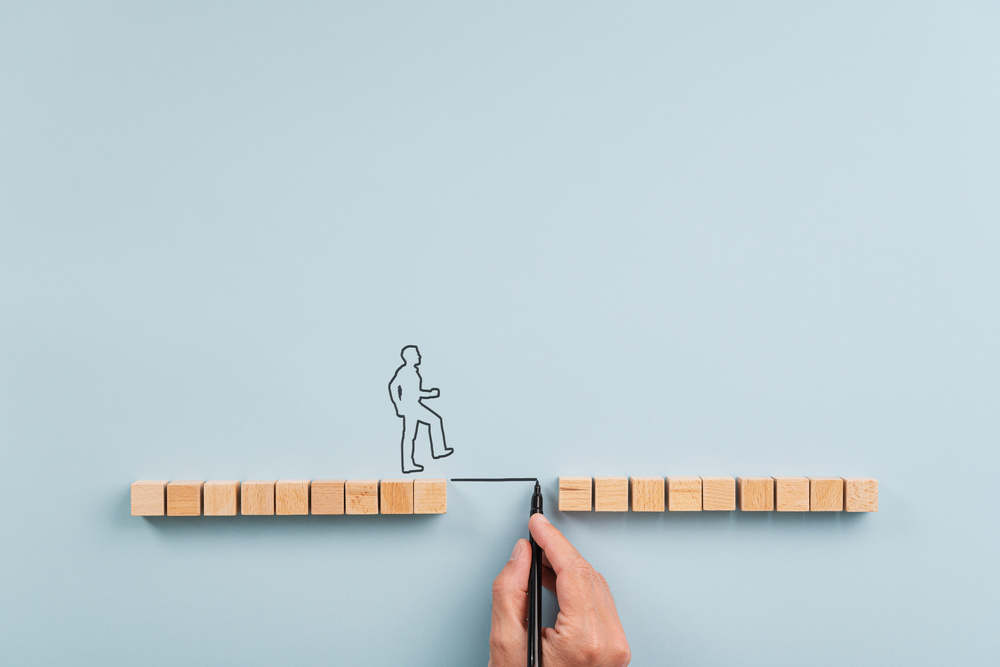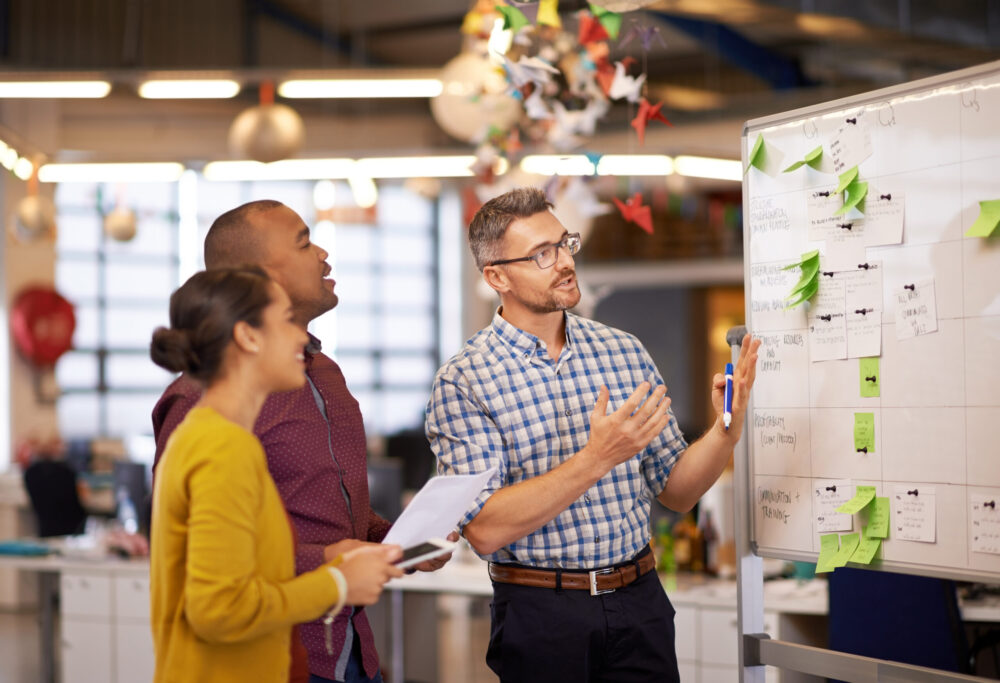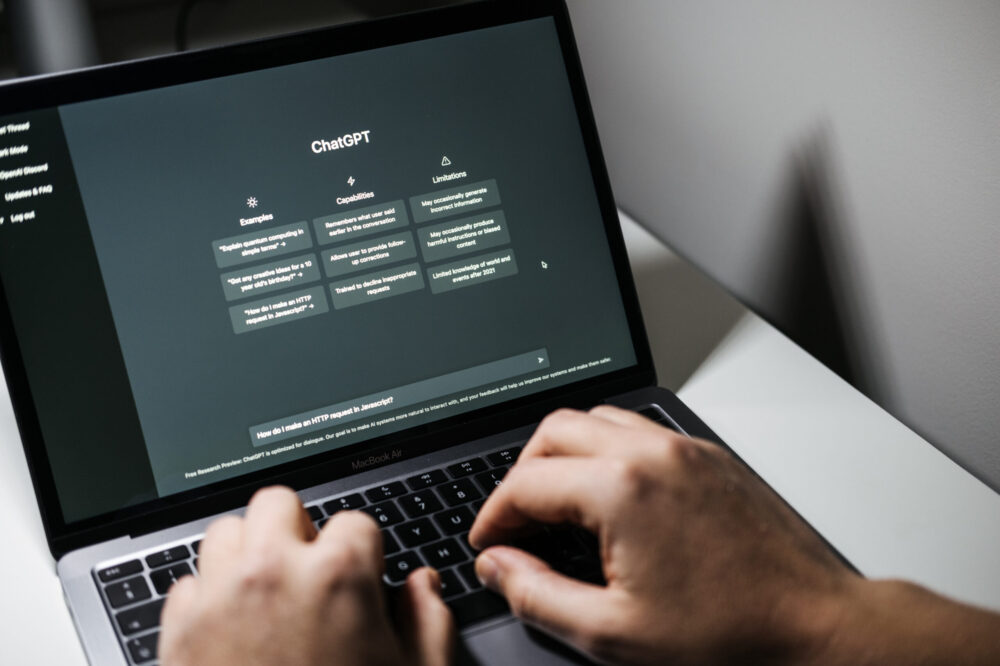As 2025 approaches, sustainable office design has become more than just a trend – it is a necessity for businesses looking to align with modern environmental and operational demands. Organisations are increasingly adopting eco-friendly solutions to reduce their environmental impact while fostering employee wellbeing and efficiency. From recycled materials to energy-efficient technologies, office spaces are evolving to prioritise both functionality and sustainability.
The growing importance of sustainable office design
Sustainability has become a focal point in office design, spurred by environmental concerns, regulatory changes, and a collective push towards greener practices. According to the World Green Building Council, buildings account for approximately 40% of global CO2 emissions. By adopting sustainable designs, businesses can lower their carbon footprint, enhance brand reputation, and appeal to eco-conscious clients and employees.
Green certifications, such as LEED, offer tangible benefits by increasing property value and reducing operational costs. For instance, energy-efficient lighting, water conservation systems, and furniture made from recycled materials demonstrate a commitment to corporate social responsibility (CSR) while delivering financial advantages.
Productivity and wellbeing in sustainable workspaces
Eco-friendly offices are not only good for the environment but also for employee wellbeing. Research by the Harvard T.H. Chan School of Public Health reveals that employees in green-certified buildings experience a 26% increase in cognitive function and 30% fewer sick days. Features like biophilic design, which incorporates natural light, indoor greenery, and sustainable materials, create healthier and more inviting environments, boosting productivity and morale.

Expanding on biophilic design: Bringing nature indoors
Biophilic design focuses on integrating natural elements into the workplace, creating a stronger connection between people and nature. Its benefits extend beyond aesthetics, significantly improving air quality, reducing stress, and enhancing mental well-being.
- Natural light: Incorporating expansive windows and skylights maximises daylight exposure, which has been proven to elevate mood, regulate circadian rhythms, and increase productivity.
- Indoor greenery: Plants like peace lilies, spider plants, and snake plants are ideal for offices, as they are low-maintenance and improve air quality by removing toxins.
- Living walls: Vertical gardens, or living walls, are becoming a popular feature in sustainable office design. These installations not only purify the air but also serve as visually stunning focal points that promote a tranquil atmosphere.
- Natural materials: Furniture and decor made from wood, bamboo, or cork bring warmth and an organic feel to workspaces, fostering a sense of harmony with the environment.

Technology driving sustainability
Energy-efficient HVAC systems, smart thermostats, and solar power solutions are revolutionising sustainable office design. These technologies enable businesses to optimise energy use, reduce costs, and lower emissions. Meanwhile, AI and the Internet of Things (IoT) are paving the way for smarter, more efficient workspaces by offering real-time insights and automation.
The future of sustainable office design: Trends to watch for in 2025
Sustainability is set to dominate workplace innovation as we move into 2025. Emerging trends include:
- Zero-waste practices: Offices will prioritise comprehensive recycling and waste-reduction strategies. This includes reducing single-use plastics, encouraging the use of reusable materials, and implementing digital solutions to cut paper usage.
- Carbon-neutral construction: Architects and developers are focusing on creating buildings with reduced emissions throughout their lifecycle. This involves sourcing low-carbon materials and utilising renewable energy systems.
- Employee-centred sustainability: The integration of wellness-focused spaces, such as relaxation zones with natural elements, will continue to grow. Sustainable design will be paired with features like ergonomic furniture and air-purification systems to support employee health.
- Hybrid work and agile spaces: With the rise of hybrid working, flexible office layouts that minimise real estate requirements will remain popular. Multi-purpose areas and shared workspaces reduce energy use and physical waste.
- Integration of renewable energy: Solar-powered office buildings and renewable energy solutions will gain traction, significantly reducing operational costs and environmental impact.
- Advanced green technologies: AI and IoT systems will further transform offices, allowing for precise monitoring of energy use, waste management, and indoor air quality, enabling companies to optimise their sustainability efforts in real time.

Sustainable office design is no longer a choice but a strategic priority for organisations aiming to stay ahead in a rapidly evolving world. By adopting renewable materials, biophilic design, and advanced green technologies, companies can create spaces that are not only environmentally responsible but also conducive to employee health and productivity.
To explore more insights on sustainable office design and innovations for 2025, read the full article on Habit Action’s website here.This article was adapted from Habit Action’s original piece on Sustainable Office Trends in 2025.
You might also like:

